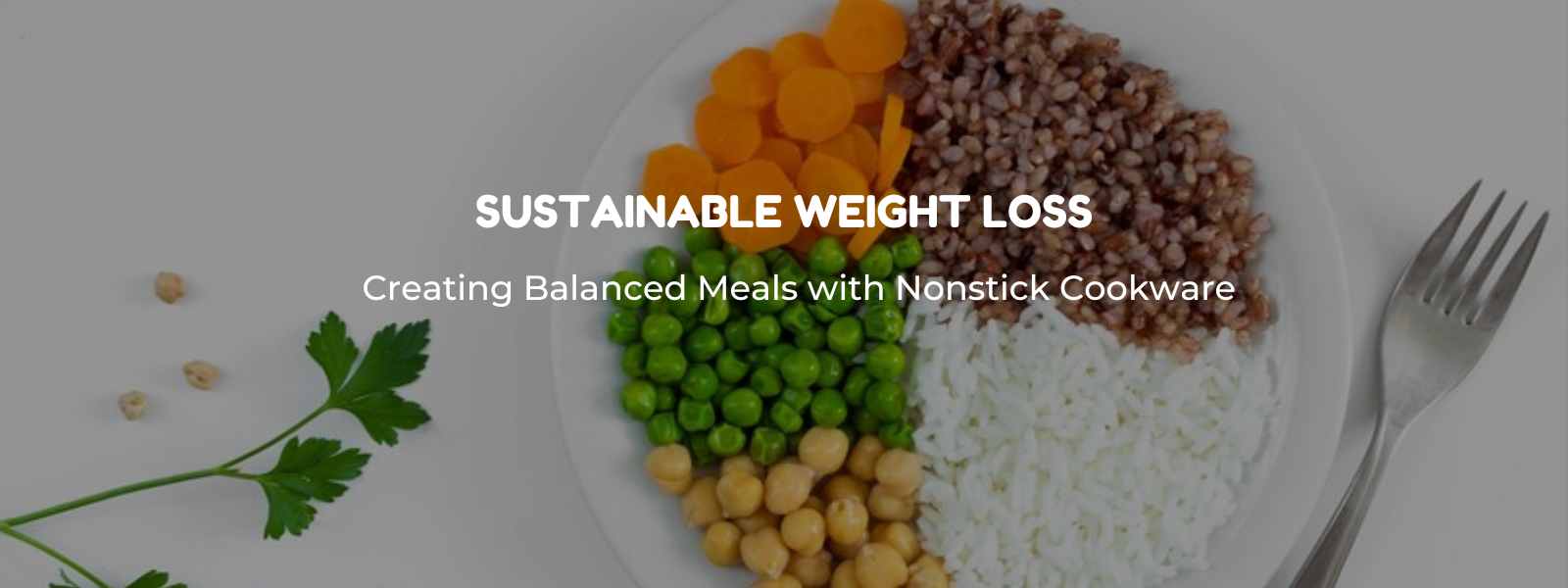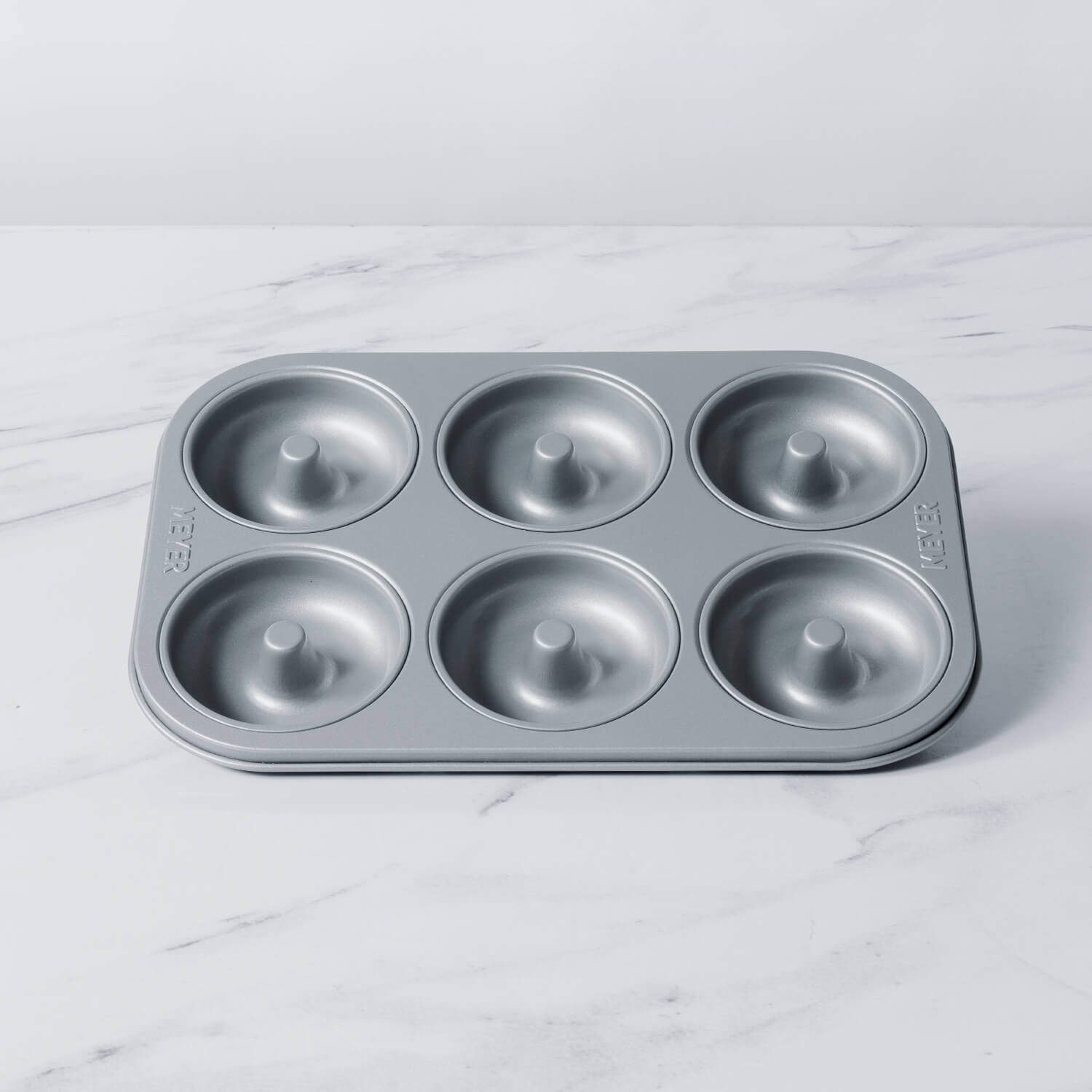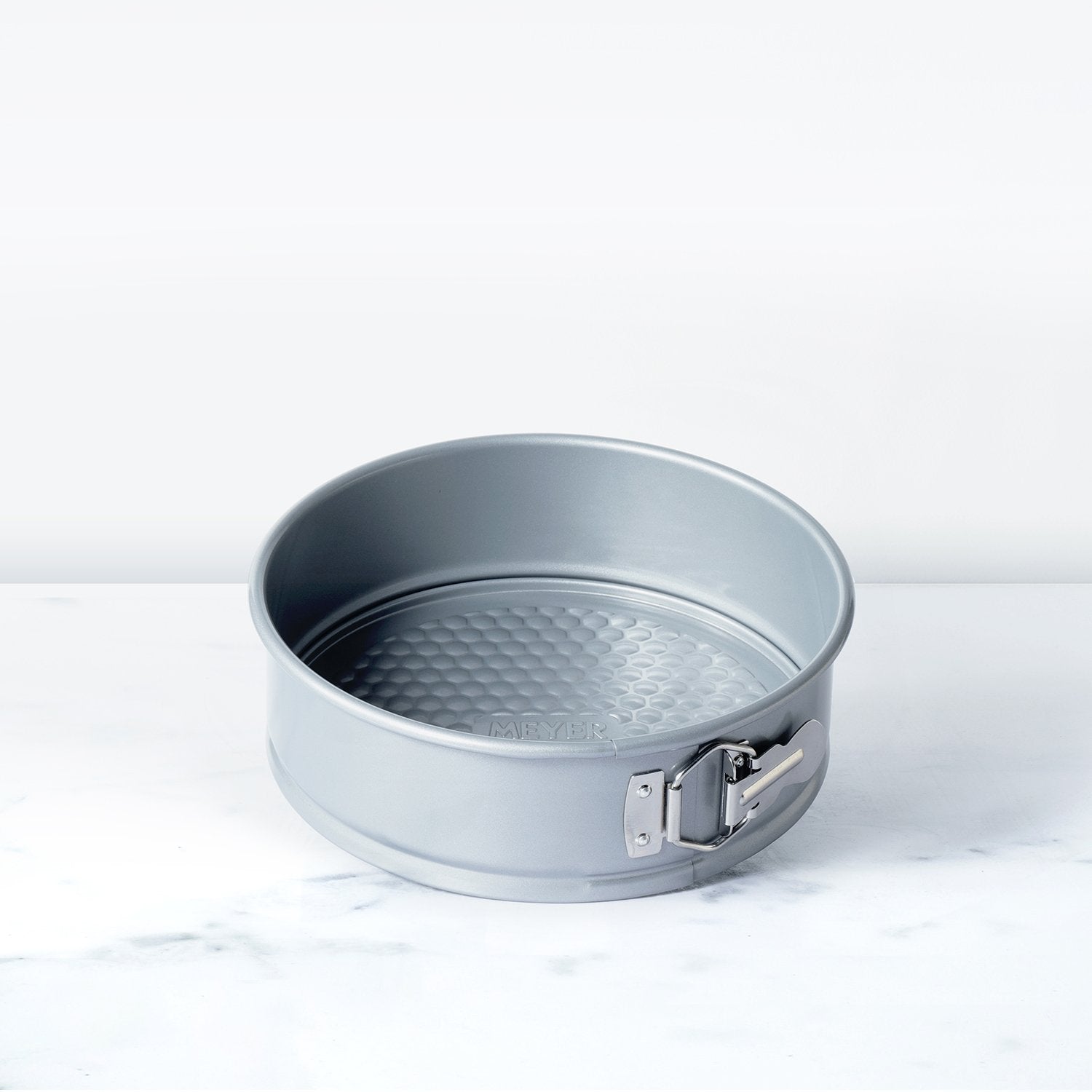Indulging in dark chocolate can be a guilt-free pleasure, thanks to its impressive nutritional profile. Unlike milk chocolate, which contains added sugar and milk solids, dark chocolate is made primarily from cocoa solids, cocoa butter, and a small amount of sugar. It's rich in antioxidants, particularly flavonoids, which have been linked to various health benefits, including improved heart health and cognitive function. Dark chocolate also contains minerals such as iron, magnesium, and copper, which play vital roles in the body's functioning. Additionally, dark chocolate has a lower sugar content compared to other types of chocolate, making it a suitable option for those watching their sugar intake. However, it's essential to consume dark chocolate in moderation, as it still contains calories and fat. Opting for varieties with higher cocoa content (70% or higher) can maximize the health benefits while minimizing added sugars and fats, allowing for a truly guilt-free indulgence.
Table of Contents
Nutritional Content Of Dark Chocolate:
Dark chocolate is renowned not only for its rich flavor but also for its impressive nutritional content. Here's a detailed breakdown:
- Cocoa Content:
- Dark chocolate is made primarily from cocoa solids, which are derived from roasted cocoa beans. The cocoa content in dark chocolate can vary widely, typically ranging from 50% to 90% or more.
- Higher cocoa content indicates a higher concentration of cocoa solids, which contributes to the chocolate's intense flavor and potential health benefits.
- Calories and Macronutrients:
- A 100-gram serving of dark chocolate typically provides around 500 to 600 calories.
- Dark chocolate is relatively high in fat, with approximately 30 to 40 grams of fat per 100 grams. However, much of this fat comes from cocoa butter, which consists mainly of heart-healthy monounsaturated fats.
- It also contains a moderate amount of carbohydrates, with around 50 grams per 100 grams, and a small amount of protein, usually between 5 to 10 grams per 100 grams.
- Fiber Content:
- Dark chocolate contains a notable amount of dietary fiber, with approximately 10 to 15 grams per 100 grams.
- Fiber contributes to digestive health, helps regulate blood sugar levels, and promotes feelings of fullness and satiety.
- Antioxidants:
- One of the most significant health benefits of dark chocolate comes from its rich antioxidant content, particularly flavonoids.
- Flavonoids are plant compounds with potent antioxidant properties that help combat oxidative stress and inflammation in the body.
- The flavonoid content of dark chocolate is attributed to the cocoa solids, with higher cocoa content generally corresponding to higher antioxidant levels.
- Mineral Content:
- Dark chocolate is a good source of several essential minerals, including iron, magnesium, copper, and manganese.
- A 100-gram serving of dark chocolate can provide approximately 20% to 30% of the recommended daily intake of iron and magnesium, essential for various bodily functions, including energy production and muscle function.
What Makes Dark Chocolate Healthier Than Regular Chocolate?
Dark chocolate is often considered a healthier option compared to regular chocolate, primarily due to its higher cocoa content and lower sugar content. Here are several ways in which dark chocolate is typically considered better than regular chocolate:
- Higher Cocoa Content: Dark chocolate contains a higher percentage of cocoa solids compared to regular chocolate. Cocoa solids are rich in antioxidants, particularly flavonoids, which have been associated with various health benefits, including improved heart health, lower blood pressure, and reduced inflammation.
- Lower Sugar Content: Dark chocolate typically contains less added sugar compared to regular chocolate. This lower sugar content means that dark chocolate has a lower glycemic index, which can help prevent spikes in blood sugar levels and reduce the risk of insulin resistance and type 2 diabetes.
- Higher Nutrient Density: Dark chocolate is a good source of several essential minerals, including iron, magnesium, and copper. These minerals play important roles in various bodily functions, such as oxygen transport, energy production, and immune function.
- Potential Health Benefits: Consuming moderate amounts of dark chocolate has been linked to several potential health benefits, including improved heart health, enhanced cognitive function, and reduced risk of certain chronic diseases. The antioxidants and flavonoids in dark chocolate may help protect against oxidative stress and inflammation, which are underlying factors in many chronic health conditions.
- Weight Management: Due to its richer flavor and higher cocoa content, dark chocolate tends to be more satisfying than regular chocolate. As a result, people may be less likely to overindulge and consume excessive calories, making dark chocolate a better option for those watching their weight or trying to maintain a healthy diet.
Can Individuals With Diabetes Have Dark Chocolate?
Yes, diabetics can enjoy dark chocolate in moderation as part of a balanced diet. Dark chocolate typically contains less sugar and a higher cocoa content compared to milk chocolate or other types of chocolate, making it a better option for those with diabetes. However, opt for dark chocolate with a cocoa content of 70% or higher. Higher cocoa content means lower sugar content and a higher concentration of antioxidants, which can provide health benefits without causing significant spikes in blood sugar levels.
Homemade Dark Chocolate Recipe:
Ingredients:
- 1 cup cocoa powder (unsweetened)
- 1/2 cup coconut oil or cocoa butter (melted)
- 1/4 cup maple syrup or honey (adjust to taste)
- Optional: pinch of salt, vanilla extract, nuts, dried fruits, or other flavorings
Instructions:
- Prepare Ingredients: Ensure that your cocoa powder, coconut oil or cocoa butter, and sweetener are all measured and ready to use.
- Melt Coconut Oil or Cocoa Butter: If using coconut oil, melt it gently in a saucepan over low heat until completely liquid. If using cocoa butter, melt it using the same method.
- Mix Ingredients: In a mixing bowl, combine the melted coconut oil or cocoa butter with the cocoa powder and sweetener. Stir until the mixture is smooth and well combined. If desired, add a pinch of salt and a splash of vanilla extract for flavor.
- Taste and Adjust: Taste the mixture and adjust the sweetness to your liking by adding more maple syrup or honey if necessary.
- Add Optional Ingredients: If desired, stir in any additional ingredients such as chopped nuts, dried fruits, or flavorings.
- Pour into Molds: Pour the chocolate mixture into silicone molds or a lined baking dish, spreading it out evenly.
- Chill and Set: Place the molds or baking dish in the refrigerator and chill for at least 1-2 hours, or until the chocolate is firm and set.
- Remove from Molds: Once the chocolate has set, carefully remove it from the molds or baking dish. If using a baking dish, you can cut the chocolate into squares or break it into pieces.
- Store and Enjoy: Store the homemade dark chocolate in an airtight container in the refrigerator for up to two weeks. Enjoy as a delicious and healthier alternative to store-bought chocolate!
Conclusion:
Dark chocolate is not only a delicious treat but also a nutritious one, offering a range of health-promoting compounds, including antioxidants, fiber, and essential minerals. However, it's essential to consume dark chocolate in moderation, as it is calorie-dense and can be high in sugar and fat, depending on the brand and cocoa content. Opting for varieties with higher cocoa content and minimal added sugars can maximize the health benefits while minimizing potential drawbacks, allowing you to enjoy dark chocolate as part of a balanced diet.











Leave a comment